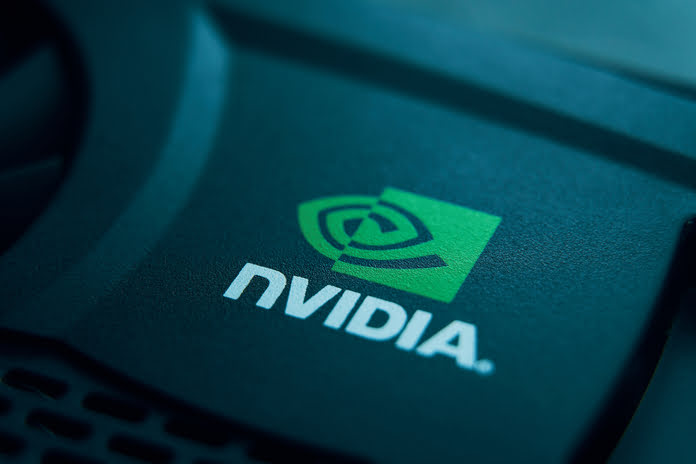Shares of Nvidia Corporation (NASDAQ:NVDA) saw an uptick in early trading on Friday, although they still lag behind their peak from late March. This movement comes as investors analyze the artificial intelligence (AI) demand signals from a leading chip manufacturer, Taiwan Semiconductor Manufacturing Company (NYSE:TSM), before Nvidia’s first-quarter earnings announcement later in the month.
Taiwan Semiconductor (NYSE:TSM), the largest contract chipmaker globally, reported a significant 60% jump in April sales, exceeding expectations with revenues surpassing $7.3 billion, and announced a quarterly dividend. This surge in sales comes on the heels of a relatively subdued earnings report for the first quarter from TSMC, which maintained its capital expenditure plans and slightly reduced its chip revenue growth forecast for 2024 to just below 10% in U.S. dollar terms.
TSMC’s investment strategies are crucial for Nvidia, a market leader in chip-on-wafer-on-substrate (CoWoS) technology. This advanced packaging technique is vital for enhancing performance in a more compact design and is integral to the development of AI-focused processors. TSMC has informed its clients that demand for CoWoS significantly exceeds supply, with this trend expected to persist well into the next year.
Another important supplier for Nvidia, South Korea’s SK Hynix, reported its highest quarterly profit in nearly two years last month, driven by robust AI demand that is propelling the memory-chip sector into a “full recovery cycle.” SK Hynix, which manufactures high-bandwidth-memory (HBM3) chips that enhance AI performance while conserving power in Nvidia’s GPUs, has noted that its HBM chip supply is effectively exhausted for this year and nearly sold out for 2025.
SK Hynix CEO Kwak Noh-Jung highlighted the anticipated growth in the HBM market, with expectations of a 60% annual increase in demand over the mid to long term, fueled by expanding data and AI model sizes.
Nvidia is set to release its first-quarter financial results on May 22 after market close. Analysts predict a substantial increase in profit, forecasting earnings to rise over five times year-over-year to $5.55 per share. Revenue is also expected to more than triple to $24.5 billion for the quarter, with projections of reaching beyond $30 billion by the end of the fiscal year.
These revenue expectations may see further boosts due to significant capital expenditure increases from tech giants such as Meta Platforms (NASDAQ:META), Google’s parent company Alphabet (NASDAQ:GOOG), and Amazon (NASDAQ:AMZN), all of which are accelerating their AI deployments.
During Nvidia’s recent GTC conference, CFO Colette Kress mentioned that discussions with customers about design specifications and demand projections have been instrumental in refining the company’s supply chain strategies.
This optimistic outlook on IT spending is supported by Wedbush analyst Dan Ives, who anticipates AI and related expenditures to constitute between 8% and 10% of total IT budgets this year, a significant rise from 1% in 2023. According to Ives, this surge represents a major growth catalyst, with Nvidia and Microsoft expected to secure major benefits from this early wave of AI software development.
Featured Image:Megapixl



